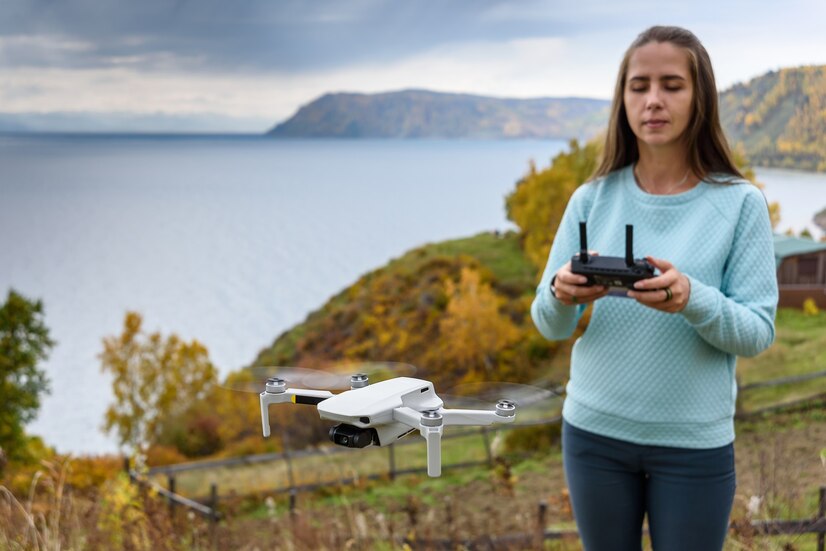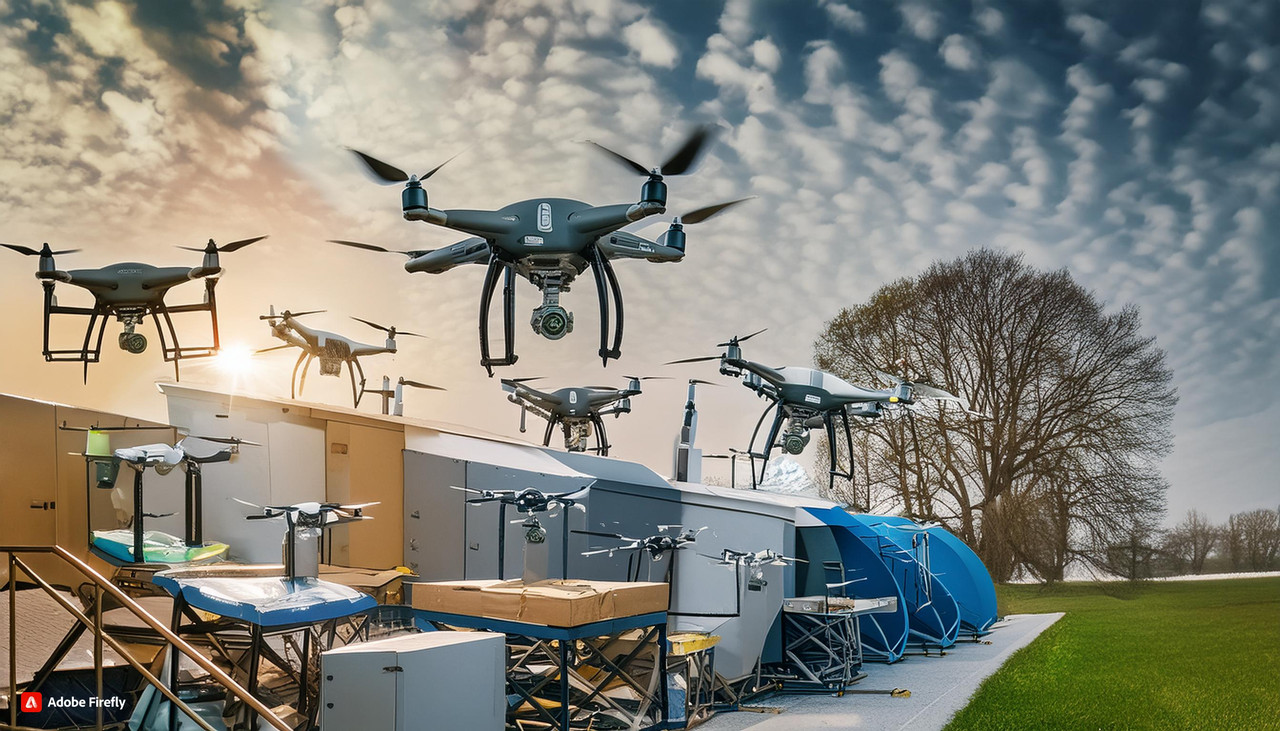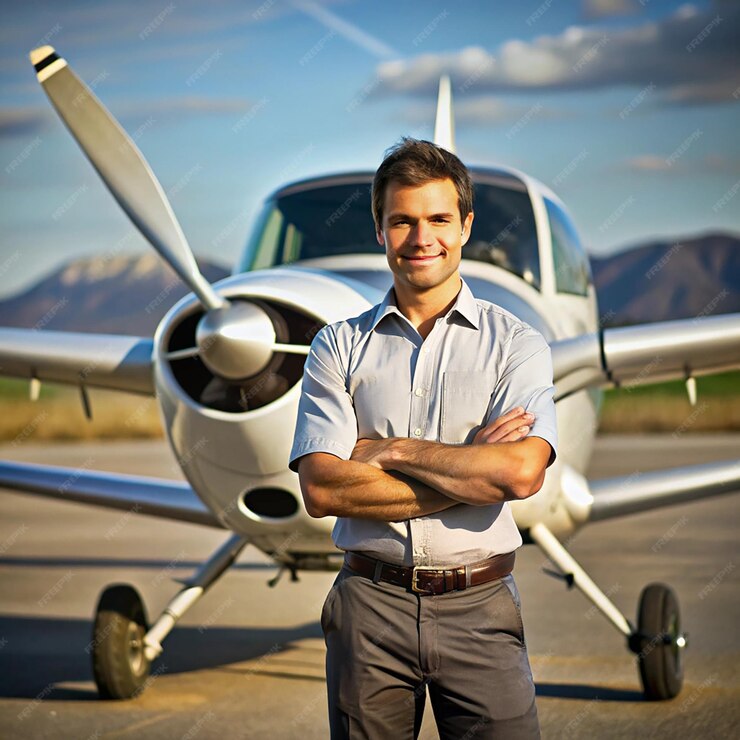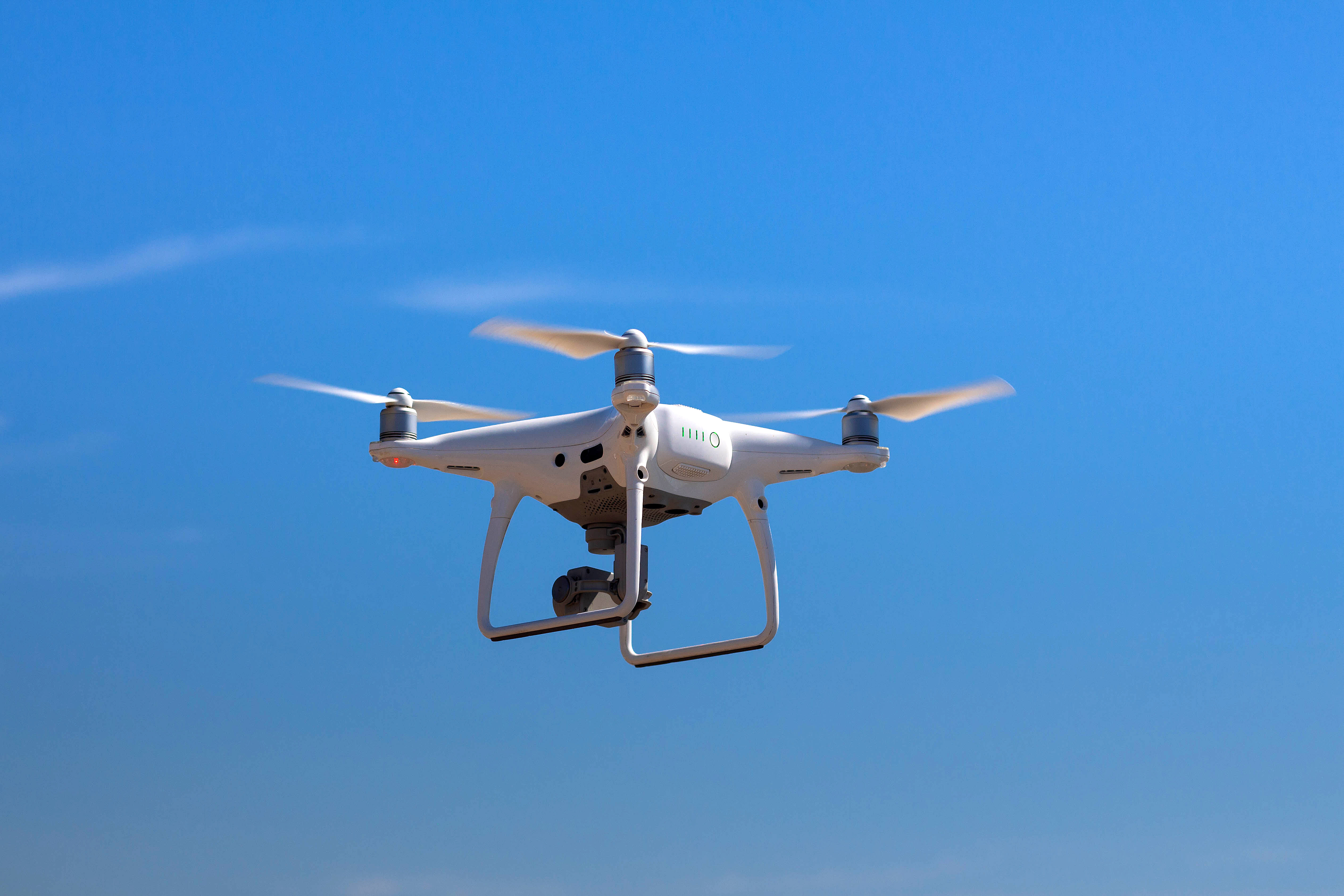
Weather and Flight: How Conditions Affect Drone Operations

Drones are becoming popular in the current scenario and proving their worth in different industries for data collection, surveying, etc. Drones can capture superior-quality aerial photos and videos for mapping, inspection, and analysis. However, it must be thoroughly understood that not every weather condition is feasible for a drone flight.
Weather conditions like extreme temperature, humidity, rain, and cloud cover can affect drone flight and raise questions about the accuracy of the data collected. So, it is important to be conscious of how weather conditions can impact drone operations and check that the weather is favourable to flying a drone.

Understanding the Importance of Weather in Drone Operations
The role of weather cannot be denied when discussing drone operations. Several factors can affect the accuracy and performance of drones and the data collected. Some key factors affecting drone surveying comprise temperature, wind, humidity, rain, and cloud cover.
• Wind is an important weather factor when planning a drone survey. Strong winds can affect the constancy of drones, leading to imprecise data collection and possible crashes. Windy conditions can give the drones a jolt, and they can struggle to maintain their position. When the drone is not stable, its effect will be shown on the images, and they will not be clear and trustworthy. So, as a drone pilot, always be conscious of the speed of the winds before taking the drone up into the air.
• Apart from wind, extreme temperatures can also affect drone operations. In extreme winters, drone batteries drain faster than usual, forcing you to bring the drone down rather quickly and keeping the data collection incomplete. If the weather is bad, the battery life can be shortened due to overheating. So, drones should not be flown in extreme heat or cold.
• Humidity, like strong winds and extreme temperatures, can also impact drone performance and image quality. In humid conditions, moisture can rest on the lens of the drone camera, producing blurry images. So, be careful that images or videos taken through drone cameras may not serve the purpose.

The Effect of Wind on the Accuracy of Drone Surveying
Wind can make an absolute mockery of drone surveying operations, as the images and data collected will not be up to the mark and might not be considered pillars for making important decisions. Not only can winds hamper the stability of the drones in the air, but they can also lead to crashes. When a drone crashes, it can malfunction or even lead to a complete shutdown. This can cause huge financial stress, and the surveying and data collection work might have to be done again.
It is always recommended to adhere to the drone's wind speed limits mentioned by the manufacturer because if you are mindful of the speed limit, you will not risk the drone if the wind speed is too high.

Temperature Affecting Flight and Battery Time of the Drone
Temperature has a vast impact on drone battery life and flight time. Extreme temperatures can hamper drone battery performance. When the temperature is extremely cold, battery life is reduced, which means less time in the air for data collection. Freezing temperatures can also cause drone motors to work harder, which results in snowballing power consumption.
Instead, high temperatures can cause overheating and reduce battery time. At high temperatures, drone batteries can drain faster and lose their capacity over time, resulting in reduced flight time and decreased performance.
Drones should be flown between 0 and 40 degrees Celsius. Operating a drone outside can hamper flight time and battery performance.

Humidity can Let Down Drone Performance and Image Quality
Just like winds, high humidity can affect drone stability. When flying in high humidity, drones struggle to keep a steady position. This can produce blurred images, making examining and understanding the data collected during the survey difficult.
High humidity can affect drone stability and cause condensation on the drone's camera lens. As a result, images taken during the survey can be blurry, reducing the data quality.
A drone pilot should only fly drones if the humidity levels are between 30% and 70%. Flying drones outside this range can cause them to waiver, impacting the quality of images captured and the data collected during surveying.

Why You Should Not Fly Drones During Rains
If drones take flight during rain, their electrical components might be damaged. Water can enter the parts of the drone, leading to partial breakdowns or even complete failure.
If drone surveying is done amidst dense cloud cover, it can decrease the visibility of the cameras, and thus, the images will not be up to the mark. The images can be darker, making analyzing them a hard nut to crack. Besides, the chances of collisions with obstacles can increase with low visibility because of cloud cover.
It is always better to delay a drone flight when it is raining or cloudy above your head. Waiting for clear weather ensures the drone's safety and the data's accuracy.

How Sunlight and Shadows Can Hamper Drone Surveying?
Sunlight and shadows should not be overlooked when flying drones. The concentration of sunlight and its angle can affect the image quality and the data collected. If the Sun is just above your head, it can create shadows that might hide details in the photos. Alternatively, when the Sun is about to set, it can produce long shadows that hide important information and make the analysis and interpretation of the same a hard affair.
A drone pilot should always contemplate on the the position of the Sun and its effect on shadows. The ideal time for drone flying for surveying is early morning or late afternoon when the sun is shining at a lower angle and the shadows are not that large.

Steps for Safe and Successful Drone Surveying
It is always good to watch the weather before flying a drone. Before every flight, check the weather conditions of the area where the drone will be flown. Here are some steps that should be taken with regard to weather checks before flying a drone:
Speed and Direction of the Wind should be checked: The wind speed should always be within the limit specified by the drone manufacturer. If it is too high, the drone can lose its balance and crash down.
Temperature should be Monitored: A drone pilot should be mindful of the present temperature and forecasts while the drone is in the air. Ensure the temperature is within the optimum for flying the drones.
Humidity Levels should be Given Heed: Check that the humidity levels are not extremely high. If they are, it can affect the quality of images.
Check for Cloud Cover and Rain: Regulate if rain or cloud cover is expected throughout the flight. Evade flying in rainy conditions to avert water damage to the drone.
By conducting thorough pre-flight weather checks, drone operators can decide whether flying their drones is safe. This helps ensure the drone's safety and the data's precision.
Coming to a Close
Weather should always be considered before executing drone operations. By using weather data, operators can ensure the success of their operations and collect precise data for analysis and decision-making purposes.
If you want to master the art of drone piloting and ensure you have all the essential knowledge, deliberate weather conditions. Understanding how weather can influence your drone processes is vital for successful surveying.
Apart from taking care of the weather conditions, it is important to ensure that you are well-versed in the handling of drones and possess a certification essential for commercial drone flying. To get trained in drone piloting, you can always enroll with us at Flapone Aviation. Here, you will get top-notch drone pilot training at a fairly economical price, so what are you waiting for?
Related Blog
Latest updates and insights from Flapone Aviation.

What Types of Drones Are Present in the Market?
October 8, 2024

How to Become a Pilot After 12th in India?
February 7, 2025

What are the Basics of Drone Piloting?
February 7, 2025




Author Bio
A dynamic and seasoned content writer with 6 years of experience curating content for different platforms. With the knowledge of all the cogs of content writing and SEO, he has served in various industries. He believes that content is the kingpin, and if penned well, it has a lasting impact on the minds of the readers. Apart from content creation, he is also an ardent poetry lover and performer. He has two publications of his poetry collection, namely Alfaaz and Chestha